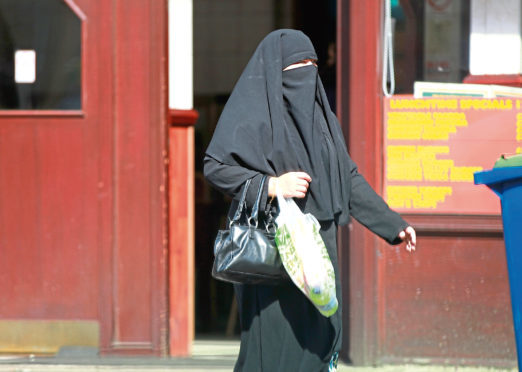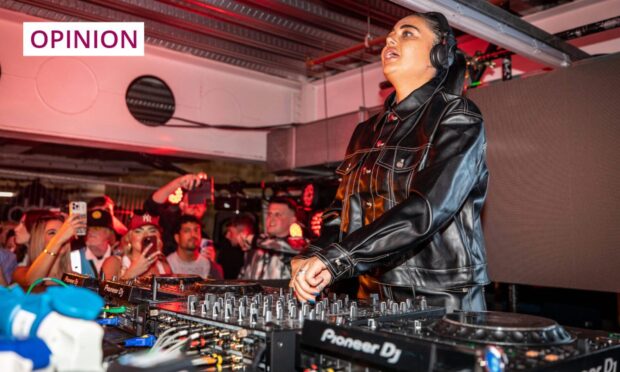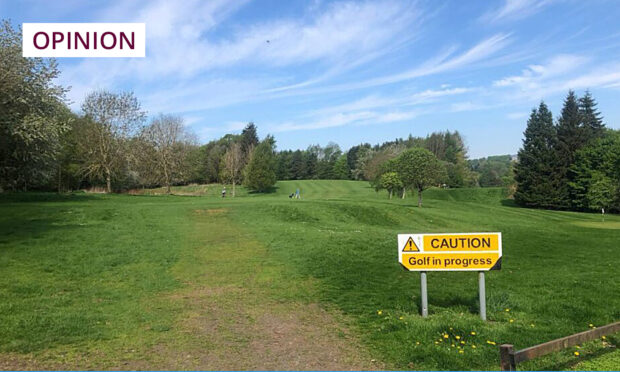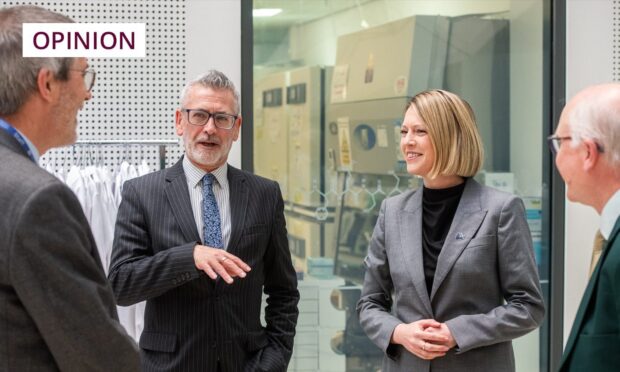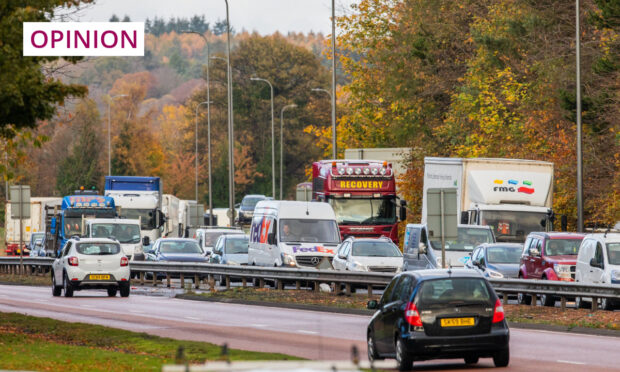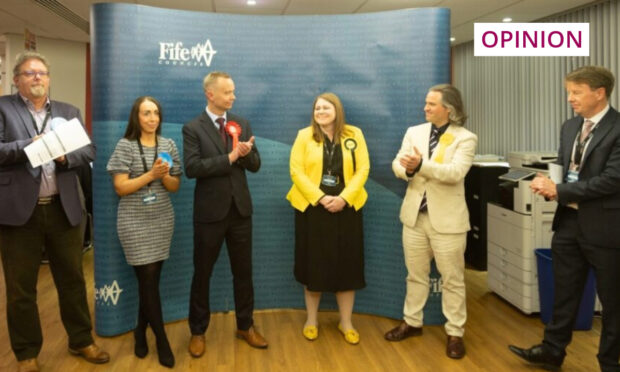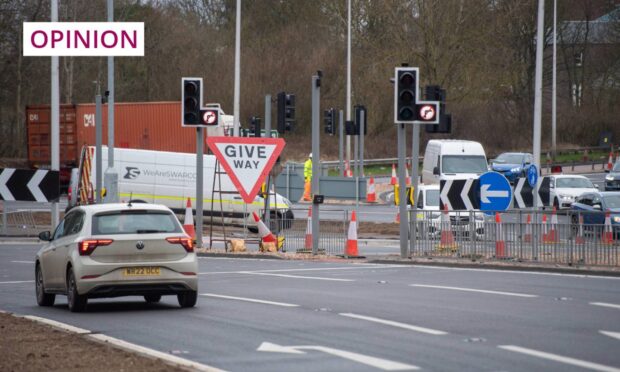As someone who has very little patience for idiocy — including, at times, my own — I often find myself banging my head off my desk, wailing “why??” at no one in particular.
Said head-banging is usually metaphorical, but this week I came alarmingly close to actually smacking my head off my keyboard as soon as the words “Boris Johnson” and “Muslim women” were brought up.
As I’m sure everyone knows by now, the former Foreign Secretary compared women wearing burkas to “letter boxes” and “bank robbers”, sparking outrage and calls for him to be removed from the Conservative party, as well as heated debates about what some see as the oppression of women.
I’m not going to debate the burka itself as I’m not a Muslim and I don’t feel it’s my place to comment on something I have little knowledge of — as is the case, I suspect, with a lot of others rushing forward to offer ill-informed opinions.
What I do wonder about though, is why it is always women’s clothing and notions of “modesty” being debated and policed?
I haven’t heard of many controversies over men who wear traditional garb, which often involves a full-body and sometimes a head covering of some sort. At the other end of the scale, no-one bats an eye lid when blokes walk around topless on a sunny day.
Men’s clothing doesn’t come with labels like “oppressive”, or “provocative”, or the many other variations of those.
I’ve observed people who seem very concerned about women’s rights every time the burka is mentioned, yet, without a trace of irony, use derogatory language about women they see as “easy” due to the clothes they wear.
So are we really as liberated as we like to think? Don’t we all dress according to how we’ve been socially conditioned and within the boundaries that our communities deem acceptable?
Whether you agree with the burka or not, there’s no doubt that comments like the ones made by Boris Johnson have a negative impact on women rather than “liberating” them from real or imagined oppression.
This week, Muslim women have come forward to share their experiences of having their head coverings pulled off by strangers in the street, as well as being verbally abused, spat at and in one horrific case, urinated on.
So here’s a suggestion – if you really care about women, then for goodness sake, just leave them be.
* Nadia Vidinova is a reporter with The Courier in Dundee.
